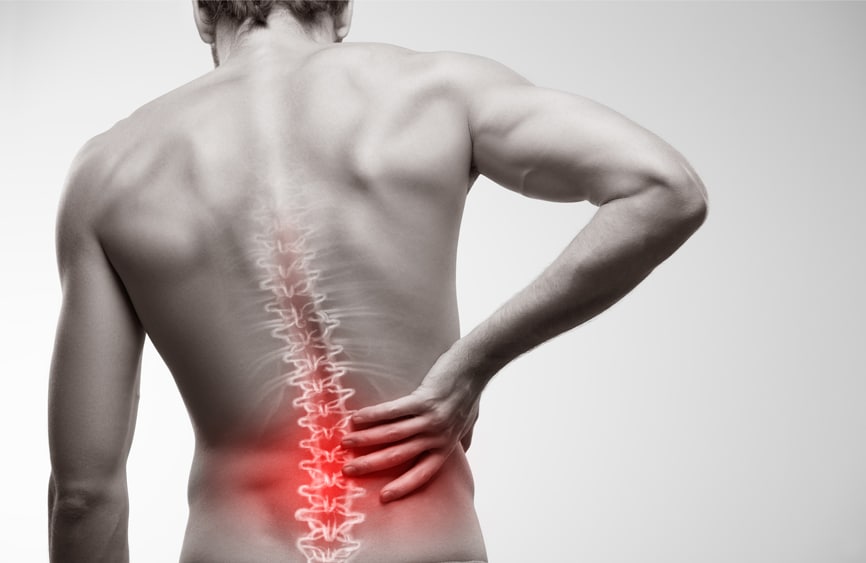Sciatica
Understanding the Symptoms, Causes & Treatments for Sciatica
Understanding Sciatica
While sciatica is not an actual medical diagnosis, it is a medical term to describe symptoms that travel down from your low back into your legs and feet in the pattern of the sciatic nerve. The proper term for sciatica is “radiculopathy.” The sciatic nerve is the longest nerve in your body, composed of five pairs of nerve roots. These nerve roots originate in your low back (lumbar spine) and merge together to become one nerve traveling down your buttock, posterior thigh, calf, and foot. This concept is similar to an electric cord formed by many smaller cables and wires that intertwine to make one larger electrical cord. Patients can experience many different kinds of symptoms such as pain, numbness, tingling, weakness or skin hypersensitivity on either one or both legs. Treatment for sciatica range from conservative management such as oral medications and physical therapy to more invasive treatments such as injections and surgery.


Sciatica Symptoms
Patients typically describe sciatica as a sharp, shooting pain that radiates from their low back into their buttock, back of the thigh, calf and foot. There can also be a sensation of numbness/tingling, burning, weakness or hypersensitivity. Symptoms can be felt in both legs, or just part of the leg. Symptoms range from mild to severe and can cause trouble when sitting, standing or walking.
When to Seek Treatment for Sciatica
If you’re noticing symptoms associated with Sciatica and suspect a spinal issue, it’s crucial to consider consulting a board-certified spinal specialist. Reach out promptly to a certified spine surgeon for an accurate diagnosis and timely treatment. Early intervention can significantly improve your overall well-being and provide a broader range of treatment options, which may decrease as symptoms persist. The key to a successful and speedy recovery lies in addressing the root of the pain with your spine specialist as soon as symptoms arise.
While many people experience day-to-day back or neck pain, dismissing it as soreness, this may not be the case for everyone. If your pain persists for more than 10 days, it should be taken more seriously. Evaluate such prolonged pain with a spine surgeon to identify the root issue and determine the appropriate treatment. Additionally, be attentive to other signs related to back or neck pain that should not be ignored, including pain accompanied by fever, pain associated with loss of bladder control, and weakness/tingling/numbness in your arms or legs.
It’s important to note that these are general guidelines based on our expertise in spine care over the past three decades, recognizing that each patient’s symptoms may be unique.


Common Causes of Sciatica
There are many potential causes for sciatica. These may include a herniated disc, degenerative disc disease, spinal stenosis, spondylosis, or spondylolisthesis. All of these problems cause irritation, impingement and pressure on the sciatic nerve which causes the symptoms patients may experience in the low back and lower extremity.
Diagnosing Sciatica
Diagnosis is based on obtaining a thorough medical history and performing a comprehensive physical exam with specific tests. A lumbar x-ray series which includes flexion and extension images should be completed to evaluate the structural alignment of the spine. A lumbar MRI or CT may also be ordered to evaluate the soft tissues and nerves surrounding the spine as well as the bony constructs.


Treatment Options for Sciatica
Treatment for sciatica is unique for each patient, depending on the underlying cause. Fortunately, most patients respond very well to conservative management which includes anti-inflammatory medications to reduce inflammation and an individualized, spine-specialized physical therapy regimen. If these treatment options do not improve symptoms, injections may be utilized in the treatment of sciatica, by providing additional pain and inflammation relief. In certain situations, surgical intervention may be needed. There are many different approaches for surgical intervention if that is what is recommended, some include:

